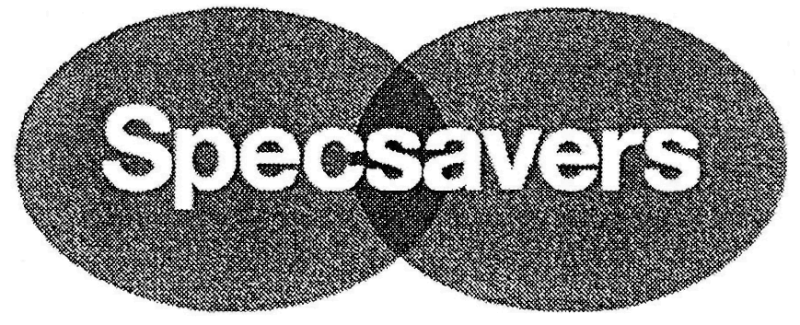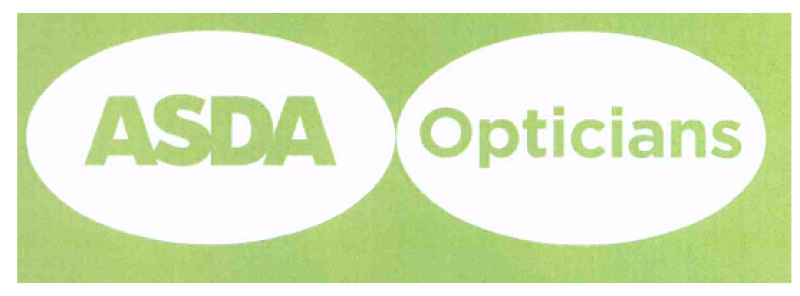But the Court, ruling in a dispute between Specsavers and Asda, stopped short of offering trade mark owners with registrations in black and white full protection when they use their marks in other colours.
Questions referred to CJEU |
1. Where a trader has separate registrations of CTMs for (a) a graphic device mark; and (b) a word mark, and uses the two together, is such use capable of amounting to use of the figurative mark for the purposes of Articles 15 and 51 of Regulation 207/2009? If yes, how is the question of use of the graphic mark to be assessed? 2. Does it make a difference if: (a) the word mark is superimposed over the figurative element? (b) the trader also has the combined mark comprising the figurative element and the word mark registered as a CTM? 3. Does the answer to (1) and (2) depend upon whether the graphic device and the words are perceived by the average consumer as on the one hand being separate signs; or on the other hand each having an independent distinctive role? If so, how? 4. Where a CTM is not registered in colour, but the proprietor has used it extensively in a particular colour or combination of colours such that it has become associated in the mind of a significant portion of the public with that colour or combination of colours, is the colour or colours with which the defendant uses the sign complained of relevant in the global assessment of either the likelihood of confusion under Article 9(1)(b) or unfair advantage under Article 9(1)(c)? If so, how? 5. If so, is it relevant as part of the global assessment that the defendant itself is associated in the mind of a significant portion of the public with the colour or particular combination of colours which it is using for the sign complained of?’ |
The row between the UK chain of opticians and the supermarket company began when Asda published a number of adverts using the straplines “Be a real spec saver at Asda” and “Spec savings at Asda” with green logos that Specsavers claimed infringed its own green-coloured logos.
The High Court largely sided with Asda, but the Court of Appeal ruled that both the strap lines infringed Specsavers marks. Its judges were also asked to decide whether Specsavers’ wordless mark should be revoked and, if not, whether Asda’s logo infringed it.
The Court of Appeal referred five questions to the Court of Justice (see right).
Yesterday the Court of Justice answered the questions relating to colour by ruling that if a trade mark owner uses a mark in a colour other than the black and white in which it was registered, such that the public associates the colour with the trade mark owner, then the colour used for an allegedly infringing mark is relevant as part of the global assessment of the likelihood of confusion or unfair advantage.
“It is clear from the order for reference that the similarity between the trade marks of the Specsavers group and the signs used by Asda was created intentionally in order to create an association in the mind of the public between the two trade signs,” wrote the Court. “The fact that Asda used a similar colour to that used by the Specsavers group with the intention of taking advantage of the distinctive character and reputation of the latter’s trade marks is a factor which must be taken into account in order to ascertain whether it can be held that unfair advantage is being taken of the distinctive character or reputation of the trade mark.”
There has been uncertainty about the extent to which marks registered in black and white but used in colour are protected in the UK since the introduction of the European trade mark directive. But Abida Chaudri ofBaker & McKenzie said that this ruling does not provide a full answer to that question.
“The ruling deals with very specific facts,” she said. In this case, Specsavers had developed a reputation related to the colour green, despite only registering the relevant marks in black and white. Asda is also associated with the colour green. Chaudri said the ruling does not make colour marks interchangeable with black and white ones.
“The Court is saying that if you use a mark in a colour other than the black and white for which it was registered then you need to have developed a reputation before the Court can take the colour into account as part of the global assessment test.”

The Court’s decision is in line with the view offered by Lord Justice Kitchin in the Court of Appeal ruling. Despite referring questions on the issue of colour to the Court of Justice, he wrote: “If … a logo registered in black and white has acquired, through use, a particular and distinctive character, in, for example, the colour green, that would seem to me to be a matter which ought to be taken into account in the global appreciation analysis.”
The Court of Justice was also asked to rule on Specsavers’ wordless mark and whether it should be revoked for non-use because it had not been used in that form but with the word Specsavers superimposed on it. Here it said that use of such a mark can be genuine but imposed caveats.
The Court said:“[The CTM Regulation] must be interpreted as meaning that











